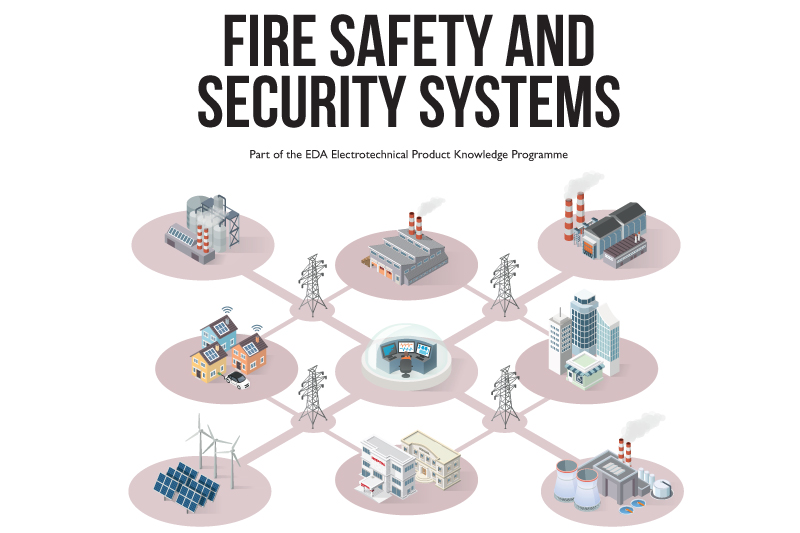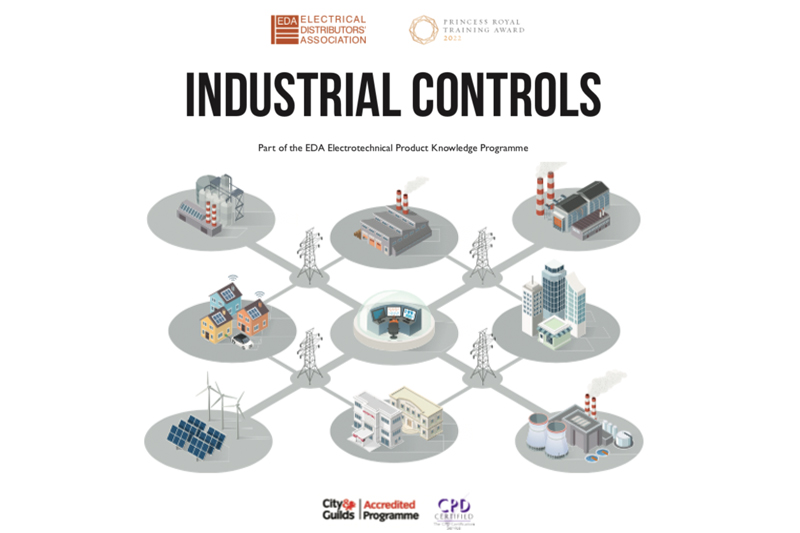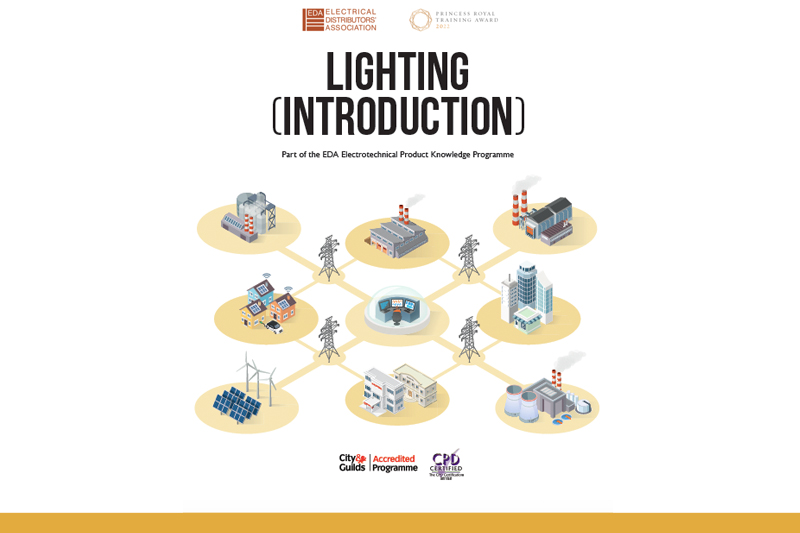An update from the Electrical Distributors’ Association. Lives, and livelihoods, could depend on getting this right.
In this issue we are focusing on Fire Safety and Security Systems, one of the EDA’s suite of 12 distance-learning training modules – part of the Product Knowledge Programme. This training covers both commercial and domestic buildings. With fire such a huge risk, it could be well worth investing in professional training to help your contractor customers get the right products for the job.
Professional know-how to drive sales
As well as helping to reduce risk, improving your team’s technical know-how through the EDA’s training could also unlock additional revenue for your business. This training course covers:
- Fire detection and alarm systems for non-domestic buildings
- Domestic (household) fire alarm systems
- Emergency lighting systems
- Intruder detection and alarms
- Access control and building intercom systems
- Video surveillance systems
Years of knowledge condensed into one training course, giving your team a commercial edge
City & Guilds accredited, this training harnesses decades of combined expertise from product experts at EDA manufacturers and allied trade associations to create an accessible and practical training opportunity for you and your team.
EDA Product Knowledge modules are also approved for Continuing Professional Development by The CPD Certification Service.
Test your knowledge
Have a go at this quiz sampled from the Fire Safety and Security training Textbook.
Check your answers below – but no peeking. If the results show that you need to boost your team’s know-how, talk to the EDA today.
Download the Course Directory
To view the downloadable Course Directory, giving you a summary of what’s covered in each of the 12 training modules, Click HERE
The EDA team is ready to help. Call 020 3141 7350 or email training@eda.org.uk
Test your knowledge
Q1: What is the minimum number of sounders that can be installed in a commercial premises?
Q2: What are back-up power supply batteries for?
Q3: What is an HMO?
Q4: Name two camera power supply voltages.
Q5: Give the name of a popular cable medium for transmitting data?
Q6: Is a stand-by battery always required for use with an access control system?
How did you do?
Full marks: congratulations, you must be great at cross-selling and up-selling.
3 – 5 out of 6: not bad. Could the EDA training help you to fill in any gaps in your knowledge?
Less than 3: the EDA Product Knowledge Programme could be just what you need to boost sales.
Scroll down for answers.
Q1: Two
Q2: In the event of a disconnection of the mains supply.
Q3: An HMO is a House of Multiple Occupancy.
Q4: Select from: 230 V AC, 12 V DC, 24 V AC, PoE or 5 V line fed
Q5: Cable using some form of twisted pair format.
Q6: No. It all depends if data needs to be retained for sensitive areas.




